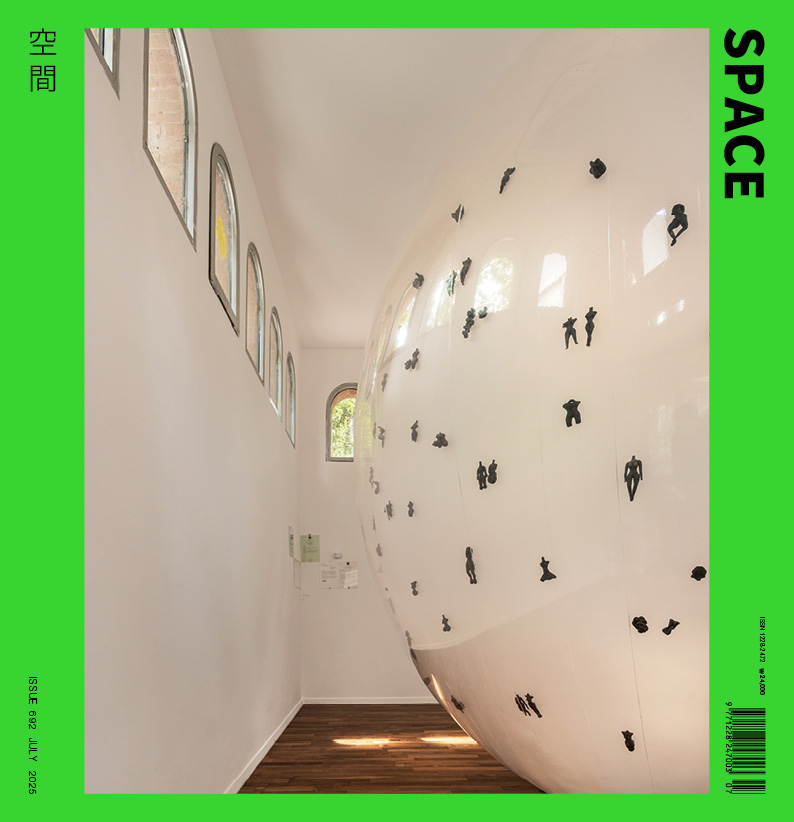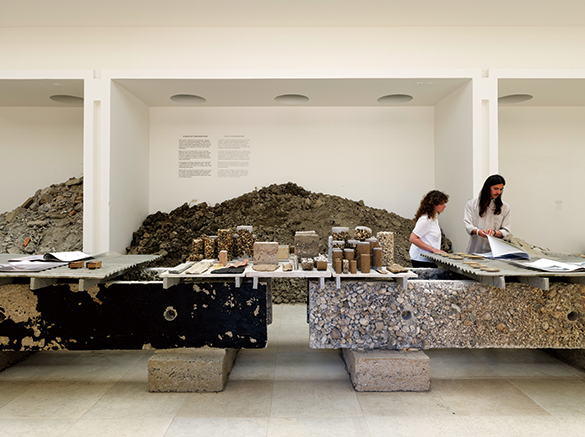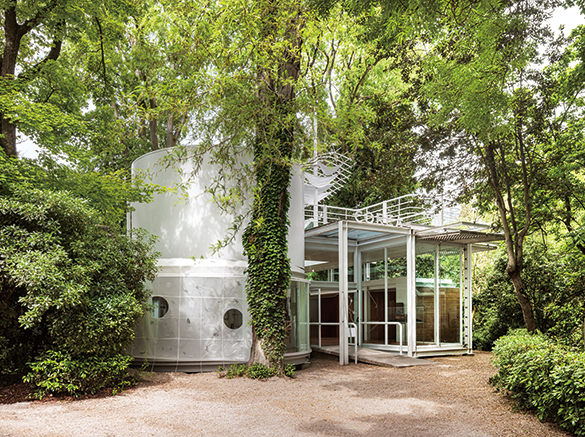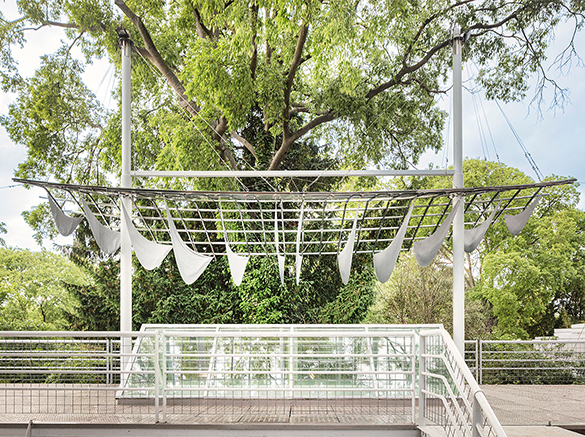SPACE July 2025 (No. 692)
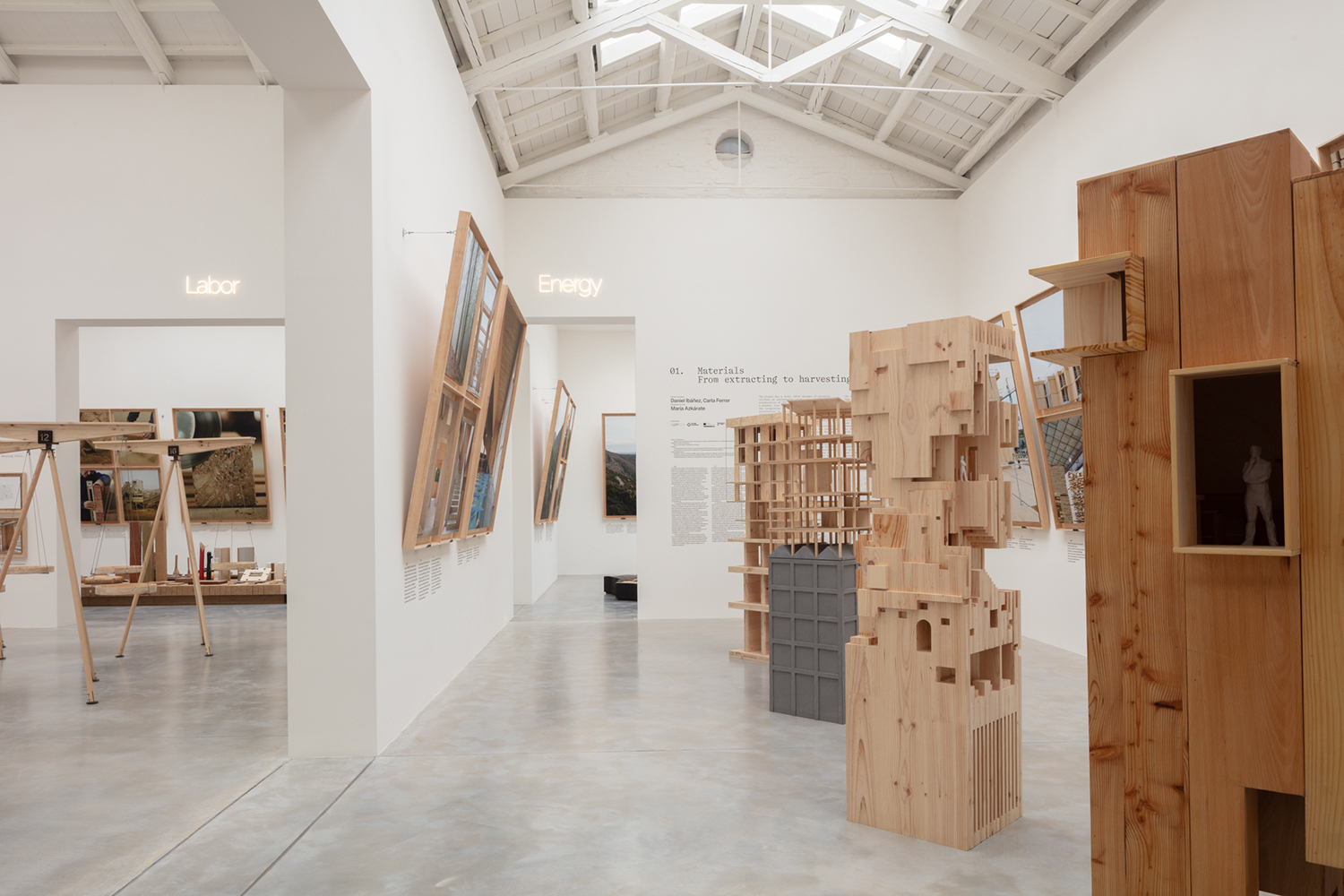
ⓒLuca Capuano
‘Intelligens. Natural. Artificial. Collective.’: 2025 Venice Biennale | National Pavilions
Which national pavilion did you find most interesting?
Azza Aboualam curator, UAE Pavilion
Bahraini Pavilion, ‘Heatwave’
Spanish Pavilion, ‘Internalities’
Belgian Pavilion, ‘Building Biospheres’
There were a few that stood out this year, some of which are the Bahraini, Spanish, and Belgian pavilions, all for different reasons. The Bahraini Pavilion stood out for its thoughtful exploration of cooling public spaces, offering a poetic yet practical approach to resilience in an ever changing climate. The Spanish Pavilion was impressive with its curatorial approach to its extensive and in depth examination of a number of projects, exploring topics related to the use of local, regenerative and low-carbon construction. And the Belgian Pavilion, with its installation, creatively demonstrating how natural systems can be integrated into urban design to combat rising temperatures. Together, these pavilions presented diverse but complementary visions for a sustainable architectural future.
Dong Gong principal, Vector Architects
Spanish Pavilion, ‘Internalities’
Personally, I like the Spanish Pavilion the most. I believe that architecture should be closely integrated with life and the site, and its core value lies in solving practical problems through material construction. From this perspective, the curatorial approach of the Spanish Pavilion is very clear and simple, focusing on the power of architecture itself, such as materials, structure, space, and the organisation of human behaviour, rather than the expression methods of other cross-disciplinary art forms such as installation art and video art. By creating an exhibition atmosphere that combines functionality and thoughtfulness through rigorous structural logic, this is what a good building should look like.
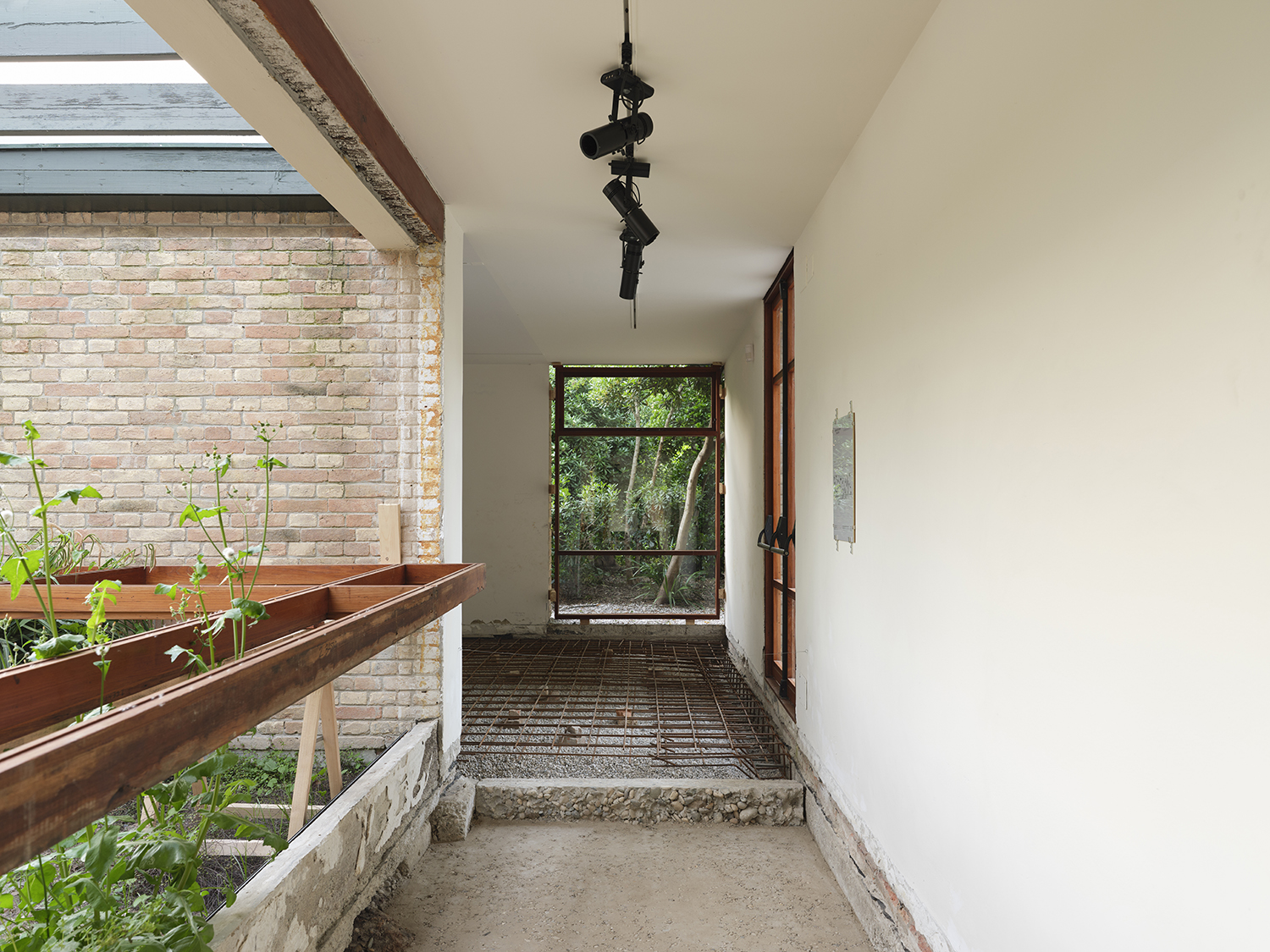
Image courtesy of Danish Pavilion /©Hampus Berndtson
Aleksandra Kędziorek co-creator, Polish Pavilion
Danish Pavilion, ‘Building of Site’
Finnish Pavilion, ‘Architecture of Stewardship’
Korean Pavilion, ‘Little Toad Little Toad: Unbuilding Pavilion’
Serbian Pavilion, ‘Unraveling: New Spaces’
By coincidence, many pavilions this year were undergoing renovation, and I like how some of them treated it as an opportunity for selfreflection. I loved the subtle, sensitive exhibitions in the Danish and Finish pavilions, the Korean Pavilion was also curated in a similar spirit. The Serbian Pavilion was also very poetic. They all created a nice counterpart to solution-oriented main exhibition, reminding us of the equally important poetic side of architecture.
Owen Hopkins co-curator, British Pavilion
Spanish Pavilion, ‘Internalities’
Australian Pavilion, ‘Home’
Bahraini Pavilion, ‘Heatwave’
Danish Pavilion, ‘Building of Site’
As ever, there were lots of pavilions that were very interesting, some things that fell rather flat, others that were completely baffling. Australia was very powerful spatially and materially, as well as terms of the stories it told about different ways of ensuring spaces and buildings forge connections with the land. Bahrain had a very nicely integrated concept and story in line with spatial experience. But the one I particularly liked was Denmark, which used the opportunity of the pavilion’s renovation to unbuild its interiors and reveal their material formation. What could have been a mess was beautifully and powerfully presented.
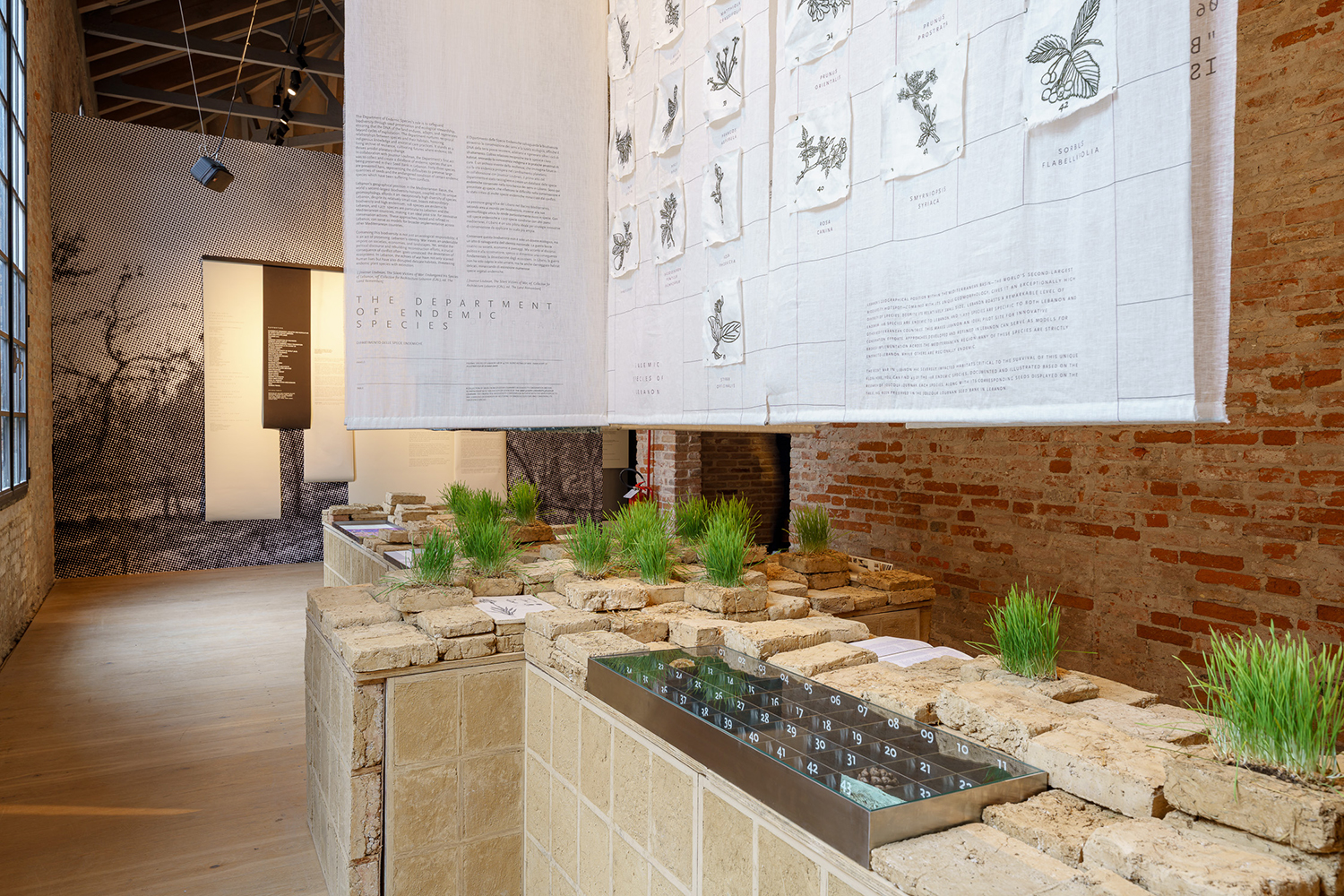
ⓒAndrea Avezzù
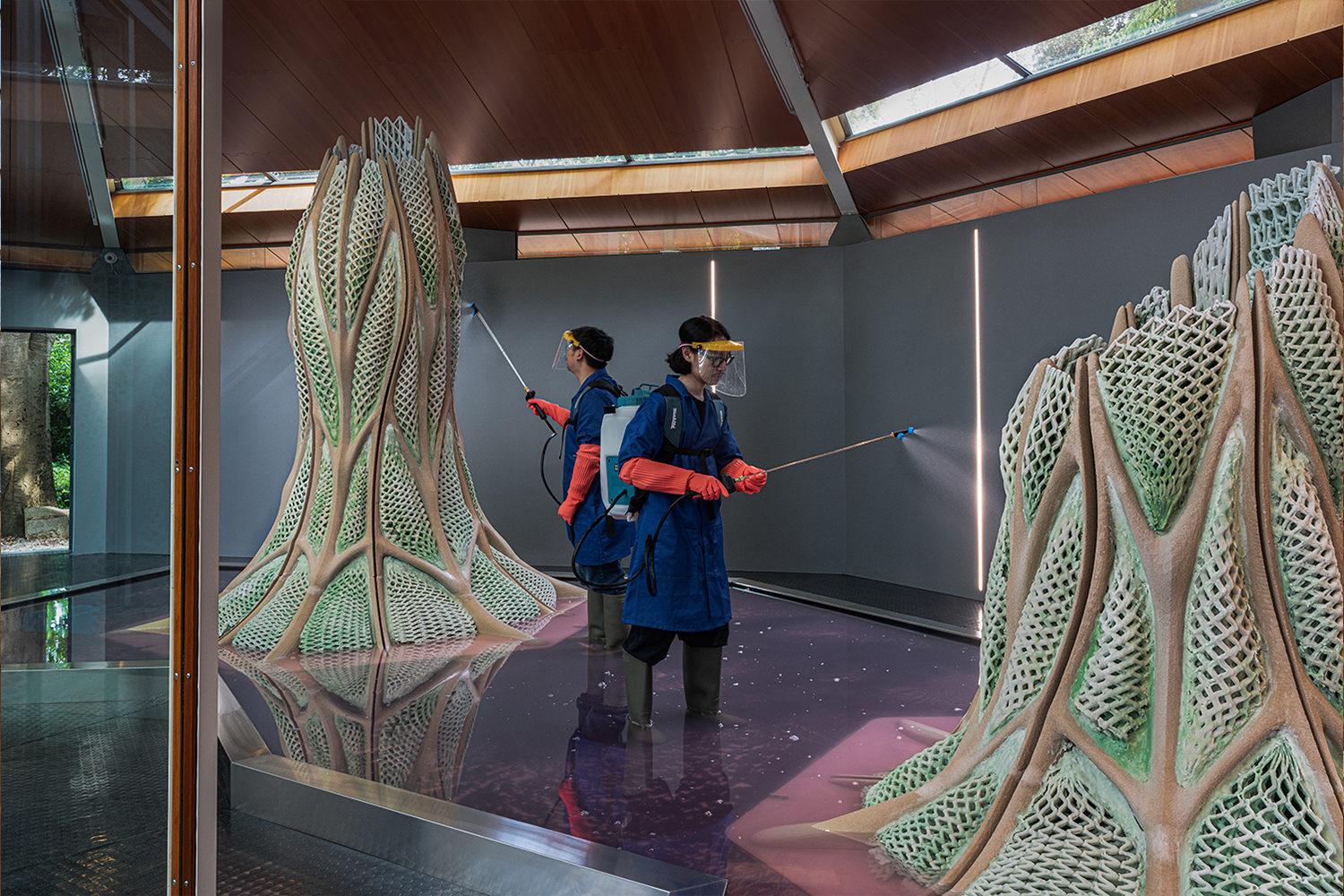
Image courtesy of Canadian Pavilion / ©Valentina Mori
Arnhildur Pálmadóttir curator, Icelandic Pavilion
Lebanese Pavilion, ‘The Land Remembers’
I find the Lebanese Pavilion to be an interesting and important contribution. It demonstrates how architecture can be a powerful voice for examining current situations and conflicts. Despite the challenges Lebanon faces, including airstrikes and bombings by Israel, as well as limited funding for the Pavilion, the team has succeeded in presenting an impactful exhibition. It addresses themes of healing while also shedding light on the harsh realities many people around the world continue to endure.
Fernando Menis principal, Menis Arquitectos
Canadian Pavilion, ‘Picoplanktonics’
The carbon‑capturing living installation from Canada struck me profoundly. It is architecture as organism—breathing, transforming, giving back. There’s something radical and hopeful in an installation that doesn’t just symbolise ecology but practices it: literally filtering carbon from the air. It reaffirms that architecture, at its most powerful, can be both prototype and poem— teaching as much as it performs. It exemplifies circular thinking: biology and design in synergy, ambition and humility entwined.
